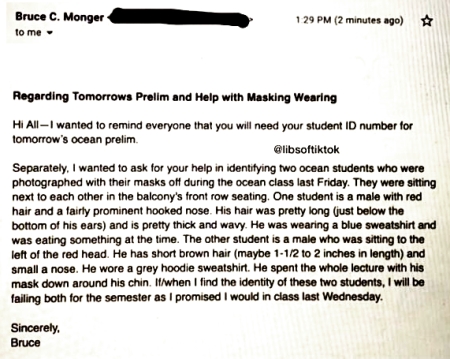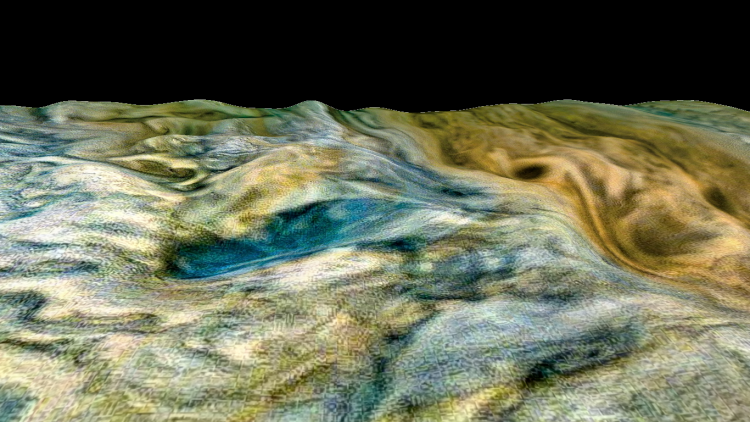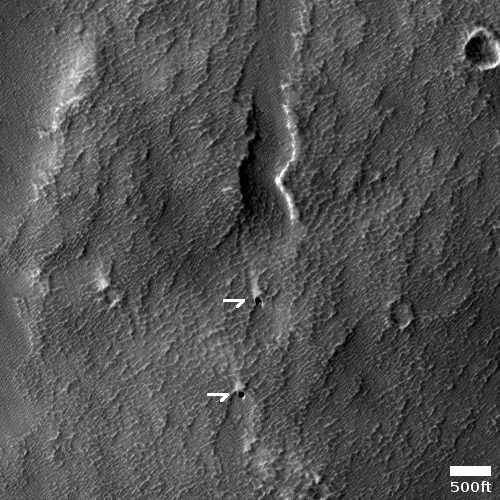Astra proposes its own 13,000 satellite internet constellation
Capitalism in space: Astra, the startup smallsat rocket company that has yet to successfully complete an orbital launch, has filed with the FCC a proposal to launch a 13,000 satellite constellation for providing internet services globally.
Astra said its satellites would be built in-house, and would be launched on Astra’s own rockets. The satellites would be sent into orbital altitudes ranging from 236 to 435 miles (380 to 700 kilometers), and would be equipped with propulsion systems to aid in collision avoidance and post-operational deorbiting.
Potential applications for Astra’s high-bandwidth connectivity would include communications services, environmental and natural resource applications and national security missions.
Though Astra could certainly launch many of these satellites itself, it is unlikely it launch them all with its small rocket. Thus, more launch business for other rocket companies!
Capitalism in space: Astra, the startup smallsat rocket company that has yet to successfully complete an orbital launch, has filed with the FCC a proposal to launch a 13,000 satellite constellation for providing internet services globally.
Astra said its satellites would be built in-house, and would be launched on Astra’s own rockets. The satellites would be sent into orbital altitudes ranging from 236 to 435 miles (380 to 700 kilometers), and would be equipped with propulsion systems to aid in collision avoidance and post-operational deorbiting.
Potential applications for Astra’s high-bandwidth connectivity would include communications services, environmental and natural resource applications and national security missions.
Though Astra could certainly launch many of these satellites itself, it is unlikely it launch them all with its small rocket. Thus, more launch business for other rocket companies!






